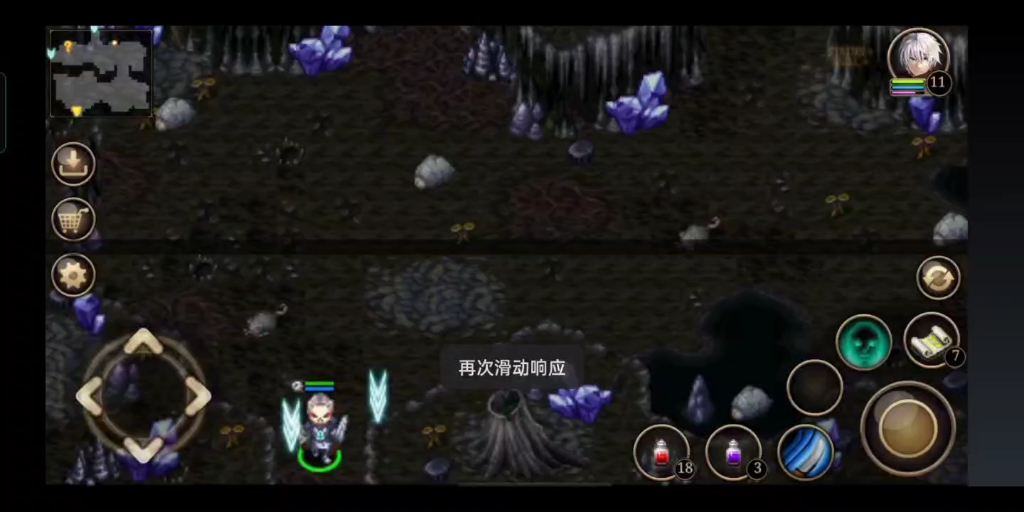

The scroll in her hands, partly covered by her mantle, bears the letters TORA (meaning "divine law"), that symbolizes the memory we carry inside about the past, present and future, named Akasha. She has a lunar crescent at her feet, "a horned diadem on her head, with a globe in the middle place" similar to the crown of the ancient Egyptian goddess Hathor, but with the horns having a shape more like half-crescents, and a large cross on her breast, the balance between the four elements: fire, water, earth, and air. She wears plain blue robes and sits with her hands in her lap. In the Rider–Waite-Smith tarot deck, upon which many modern decks are based, The High Priestess is identified with the Shekhinah, the female indwelling presence of the divine. This identification has been supported by other Tarot historians, such as Michael Dummett in his book The Visconti-Sforza Tarot Cards.Īn untitled Popess on the "Rosenwald Sheet" of uncut Tarot woodcut designs, late 15th-early 16th century (National Gallery, Washington) Rider–Waite-Smith symbolism Later the Inquisition proceeded against Matteo Visconti, the first Duke of Milan, for his very slight connections with the sect. Naturally, the Inquisition exterminated this new sect, and the "Popess" was burned at the stake in the autumn of 1300. In preparation for this event they elected Sister Manfreda the first of the Popesses, and several wealthy families of Lombardy provided at great cost the sacred vessels they expected her to use when she said Mass in Rome at the Church of Santa Maria Maggiore. They believed that Guglielma would return to earth on the Feast of Pentecost in the year 1300, and that the male dominated Papacy would then pass away, yielding to a line of female Popes. The most enthusiastic of her followers believed that she was the incarnation of the Holy Spirit, sent to inaugurate the new age of the Spirit prophesied by Joachim of Flora. Their leader, Guglielma of Bohemia, had died in Milan in 1281. In The Tarot Cards Painted by Bonifacio Bembo, Gertrude Moakley writes: La Papessa in the Visconti-Sforza Tarot has been identified as a depiction of Sister Manfreda, an Umiliata nun and a relative of the Visconti family who was elected Pope by the heretical Guglielmite sect of Lombardy. 1750-1760) refers to this card as Le Espagnol Capitano Eracasse ("The Spanish Captain Fracasse"), after a version of Il Capitano, a character from Commedia dell'Arte. In Swiss Troccas decks, she is called Junon ("Juno"), the Roman Queen of the Gods. Other variants that came after Rider–Waite are the Virgin Mary, Isis, the metaphorical Bride of Christ or Holy Mother Church. Waite, the co-creator of the Rider–Waite deck, dismissed the idea that the card originally depicted Pope Joan and speculated that it was instead connected to the ancient cult of Astarte. She wears a crown similar to the Egyptian goddess Hathor and is depicted with the Marian imagery of a blue mantle and the moon at her feet.

In the Rider–Waite tarot deck, illustrated by Pamela Coleman Smith, the Popess was changed into The High Priestess sitting between the pillars of Boaz and Jachin (which has a particular meaning to Freemasonry). However, Italian Catholics appear to only have seen the La Papesse as representing the Holy Mother Church in an allegorical form, with the Pope taking office becoming married to the Body of Christ, which Catholics refer to in the feminine gender. In Protestant post- reformation countries, Tarot cards in particular used images of the legendary Pope Joan, linking in to the mythology of how Joan, disguised as a man, was elected to the papacy and was only supposedly discovered to be a woman when she gave birth. There are also some modern versions of the Tarot of Marseilles which include the keys to the kingdom that are a traditional symbol of the papacy. Some of the cards directly linked the woman on the cards to the papacy by showing the woman wearing a triregnum or Papal Tiara. This Tarot card was originally called La Papesse, or "The Popess".


 0 kommentar(er)
0 kommentar(er)
